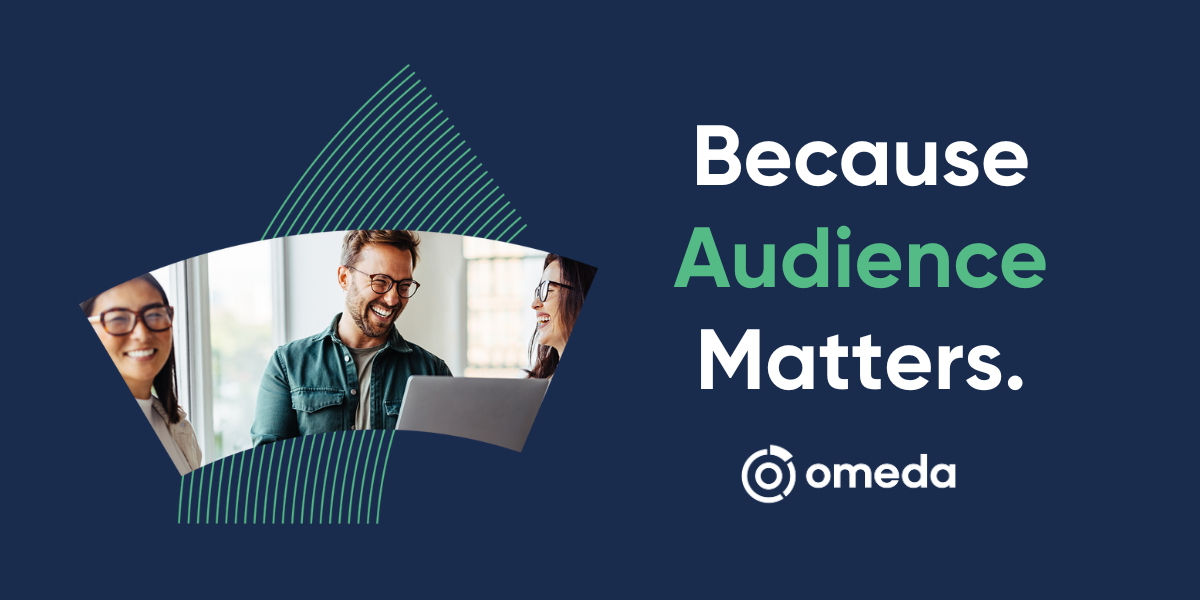From CPM to CPS
Publishers need to master the basics of affiliate

We are conducting research into how publishers are approaching identity solutions now that the third-party cookie’s long goodbye has gotten longer. Take the four-question survey.
In today’s newsletter:
- From TRB partner Omeda: Best practices for moving from a free to paid subscription model.
- Lucas Quagliata gives the marketer’s perspective of how to work with creators to reach younger audiences in particular.
- Lavin Punjabi, CEO of TRB partner Affinity Global, the home of affiliate management platform NucleusLinks, spoke to me about how digital media has collapsed the sales funnel, putting pressure on publishers to execute the fundamentals of digital marketing.

Developing & sustaining paid subscription models

So, you’ve decided to shift from free to paid content and subscriptions. That’s the single most important decision your media company can make. Because you’re not just changing your business model — you’re fundamentally changing the nature of your relationship with your audience.
Learn how to pivot from a free to paid subscription model with our best practices (and examples from media companies like yours).
Building brands in a creator era
TRB regular and veteran content marketer Lucas Quagliata offered to contribute his perspective on the dilemma brands face in the fragmentation of mass media and focus on personal authenticity. Get in touch if you want to contribute to a future issue: bmorrissey@therebooting.com.
It comes as no shock that the current digital climate is a tough place to build brands. While that’s a convenient excuse to skip over trying to do so, marketers who do not build their brand choose that path at their own peril.
But what should brand advertising mean when the mass media that’s served as the focal point of brand advertising is in decline? Simultaneously, there is an increased value being placed on authenticity. Marketers seek efficiency and authenticity, which is how you end up with Ben Affleck in a Dunkin’ commercial. That’s pretty singular, though. It’s a tough approach to replicate.
Companies need to grow into new audiences. An existing customer base isn't enough, you've got to convince some new cohort that you're worth their time and money. In the world I work in, legacy banks and portfolio managers are struggling to convince a generation raised on Venmo and Robinhood that they should take the time to talk to an advisor, let alone walk into a physical branch to open an account.
Communicating with this younger cohort is going to stretch your authenticity. Brands often show up with a baseball hat on backwards: “How do you do, fellow kids?” Yet there’s no choice when those potential new customers aren't interested in ads, or even spending most of their time in mass media channels with established mechanisms for communicating brand messages.
The answer to this has been partnerships. Finding influencers creators and organizations that have a foothold with one group or another and doing a deal that allows for a deeper integration and multiple touchpoints. This way you show up to a new audience not with just a #PaidPartnership, but a budding new relationship that can grow over time. You step out of traditional advertising with a guide who can help translate for you to a new and desirable audience.

The publisher guide to winning at affiliate
In a spotlight episode of The Rebooting Show, I spoke with Affinity Global CEO Lavin Punjabi for his view of how publishers adapt their affiliate operations. Affinity operates NucleusLinks, an affiliate operations platform that serves as something akin to Google Ad Manager for affiliate operations.
Operating these businesses requires a related but different set of muscles as the weight of the business shifts from CPM to CPS (cost per sales). In a CPS world, the privileges of brand are diluted, the advantages of deep client relationships fade, and the need for operational excellence rises. Affiliate is not a set-it-and-forget-it side hustle. To become a meaningful part of business models, it requires sweating the details.
"Every little element of the operational pipeline in the affiliate needs to be perfect for you to really make significant revenue,” Lavin said.
- Many publishers are playing catch up. Affiliate marketing is one of the oldest internet business models, with its growth turbocharged by the ease and rise of e-commerce. Many legacy publishers were behind in adopting affiliate models, seeing performance ads as scraping the bottom of the barrel compared to impression models. “The biggest publishers in the world are scrambling to compete in this area that they kind of ignored for a generation,” Lavin said.
- Affiliate stresses silos. The entire idea of affiliate runs contrary to the notion of church and state. At one of The Rebooting’s dinners focused on commerce, I heard a large publisher lament how the editorial team would battle to control personal finance reviews rather than the commerce team. They were basically working against each other internally. "Some publishers it's the main thing, but for a lot of marquee publishers, it's a department, and they have to figure out where it fits because it's not really editorial, but it's not really sales."
- Dotdash Meredith is an anomaly. Dotdash Meredith is the manifestation of these worlds colliding, with the internet-native Dotdash taking over the legacy Time Inc publications. It’s telling that as publishers sound the alarm over AI, DDDM has weathered this storm and returned to growth. "They came from a commerce first angle, which is operated with CPS for a large degree. And then eventually with Meredith, which was CPM, they tried to find middle ground."
Listen to the conversation on Apple | Spotify | other podcast platforms
Thanks for reading. Send me feedback by hitting reply.


